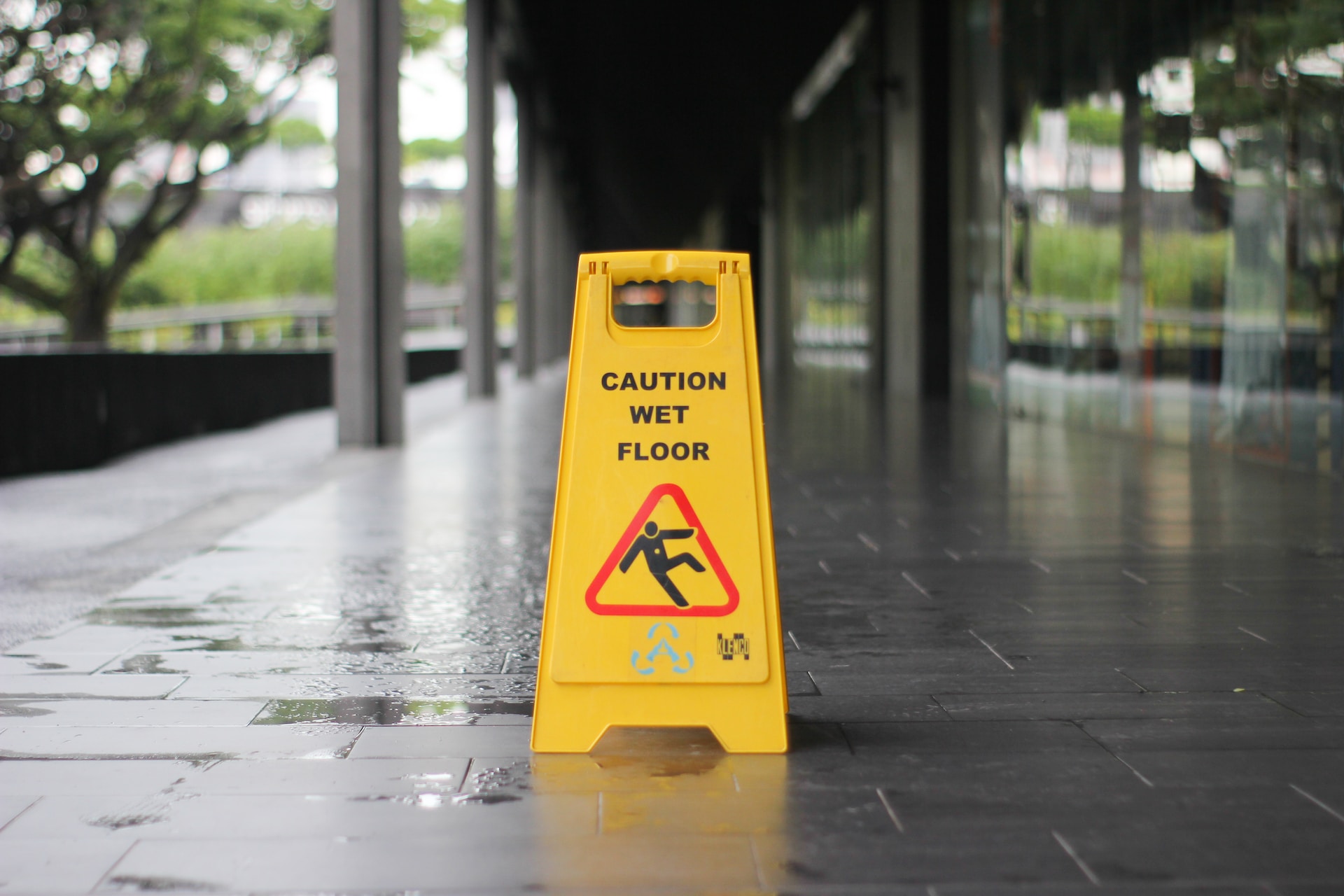

Question: How Long Does Water Have to Be on the Floor to Cause Damage?
Answer: Water on the floor can start causing damage within hours, especially to materials like wood, drywall, and textiles. Prolonged exposure can lead to mold growth, structural deterioration, and other costly issues.
How Quickly Does Water Damage Floors?
Water on the floor is a common issue in kitchens and bathrooms. You may wonder how long water needs to sit before it causes damage. The answer is not simple. Many factors affect the outcome, including the type of flooring, the amount of water, and the water source. You must take quick action to protect your home. We will examine how different factors influence water damage and we will also show you how you can protect your floors. Understanding these risks helps you make informed decisions about your home’s maintenance and care. This knowledge helps you prevent costly damage and maintain your home’s value so you can act quickly and efficiently in an emergency.
Types of Flooring and Their Vulnerability
Different flooring materials react differently to water. Hardwood floors are very vulnerable. A spill that you do not clean up quickly can cause staining or warping. Within a few hours, water can penetrate the wood and cause significant problems. You may see the wood start to buckle or cup. Tile and vinyl floors are more resilient. Grout lines and seams, however, can allow water to seep underneath. This can lead to underlying problems, such as mould. Prolonged exposure, even a day or two, can show damage. You may notice a foul smell from the mould. Carpet absorbs water very quickly and damage can begin almost immediately. If you leave carpet untreated, it can harbour mould and mildew within 24 to 48 hours. You must act promptly to save it. The type of flooring in your home determines how quickly you need to act. It also dictates what kind of damage you can expect.
To see what your house is worth visit this page
Related Article: Do Walls Need to Be Replaced After Flood?
Immediate Actions and Their Importance
You must act quickly when water is on your floor. Time is of the essence. You should remove the water as fast as you can. You can use towels, a wet/dry vacuum, or a mop. Use fans and dehumidifiers to dry the area. You must dry both the floor and the air and you should assess any underlying damage. You may need to pull up carpet or flooring to check the subfloor. Quick action prevents long-term problems. It also minimizes costs. In some cases, you must call a professional. If water has been standing for several hours, you should call an expert. This is also true if the source of the water is questionable, like a sewer backup. A professional has the right equipment to dry your home and prevent mould growth. Their expertise saves you money and stress.
Long-Term Effects of Water Damage
Water damage can have serious long-term effects on your home. Water that seeps into the subfloor can lead to structural problems. This kind of damage may not show immediate signs. It can result in serious issues down the line. The wood can rot, weaken, and collapse. This compromises the integrity of your home. Water that lingers on the floor also creates a perfect environment for mould and mildew growth. The risk increases the longer the water remains. You must address the water problem quickly and completely. This prevents mould from growing and spreading. A home with a history of water damage may have a lower value and you may have to disclose the damage history to a potential buyer. This can affect your home’s resale value and make it harder to sell. Taking prompt action protects your home’s structure and value. It also protects your health.
Insurance and Legal Considerations
Your home insurance policy may cover water damage. The coverage depends on the cause of the water. For example, a burst pipe is often covered. A flood is usually not covered by a standard policy. You need separate flood insurance and you must understand your policy and what it covers. You should consult with your insurance agent as they can help you understand your options. If you rent, both landlords and tenants have responsibilities. A landlord must maintain a safe living environment. A tenant must report any water issues quickly. You should know your rights and obligation and document all the damage. Take photos and videos. This documentation helps you file a proper claim. It also helps you resolve any legal disputes. Knowing your responsibilities protects your interests. It can help you recover financially from the disaster.
For more information visit https://www.jenjewell.ca
Conclusion
The question of how long water can sit on a floor is not simple. It depends on the flooring type, the water quantity, and the water source. It also depends on how quickly you act. You can prevent or minimize damage with prompt action. You should understand the factors at play. This helps you make informed decisions. You can choose the right flooring materials. You can also know when to call in professionals. Being knowledgeable about the potential risks helps you protect your property. It helps you prevent the dangers of water damage. A proactive approach saves you time and money. It also helps you maintain your home’s value and structural integrity. [ 1 ]
References
1. https://www.atlantisplumbing.com/articles/how-long-does-it-take-for-water-to-damage-wood-floors/


